Search
Search Results

Interview
Interview: Dragonfly Song by Wendy Orr
In this interview, Ancient History Encyclopedia is talking to Wendy Orr about her first historical fiction novel set in the Aegean Bronze Age, Dragonfly Song. Kelly Macquire (AHE): Wendy, thank you for joining me! Do you want to start...
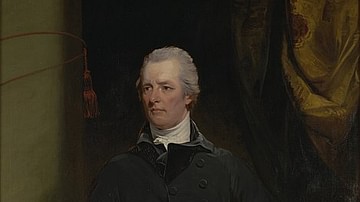
Image
William Pitt the Younger
William Pitt the Younger (1759-1806), who served as prime minister of Great Britain from 1783 until the Acts of Union 1800, at which point he became the first prime minister of the United Kingdom until he left office in 1801. He returned...
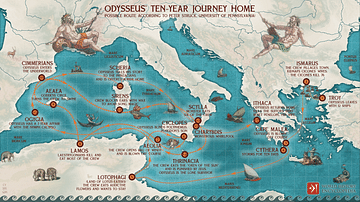
Image
Odysseus’ Ten-year Journey Home
A map illustrating the journey home of the Achaean warrior-king Odysseus after the Trojan war. His travel from Troy to Ithaca (and his wife Penelope) took innumerable twists and turns and lasted ten years. Ever since Homer's Odyssey was written...
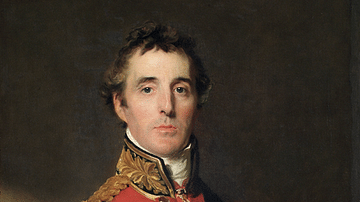
Image
Arthur Wellesley, 1st Duke of Wellington
Sir Arthur Wellesley, 1st Duke of Wellington (1769-1852). Wellington is best known for leading the Allied army during the Peninsular War (1807-1814), for defeating Napoleon at the Battle of Waterloo (18 June 1815) and for serving as Prime...
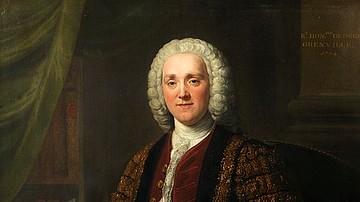
Image
George Grenville
George Grenville (1712-1770), Prime Minister of Great Britain from 1763 to 1765. Oil on canvas portrait by William Hoare, 1764.
Christ Church, Oxford.
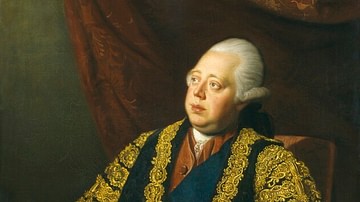
Image
Lord North
Frederick North, Lord North (1732-1792), Prime Minister of Great Britain from 1770 to 1782, oil on canvas portrait by Nathaniel Dance-Holland, c. 1773-74.
National Portrait Gallery, London, England.
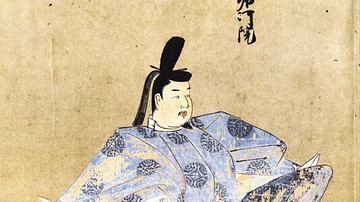
Definition
Emperor of Japan
The emperor of Japan is a position as the head of state which traditionally dates back to the 7th century BCE and the legendary figure of Emperor Jimmu (r. 660-585 BCE). Emperors came to be known as the Tenno or 'heavenly sovereign' in reference...
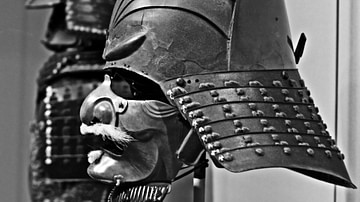
Definition
Medieval Japan
The medieval period of Japan is considered by most historians to stretch from 1185 to 1603 CE. Stand out features of the period include the replacement of the aristocracy by the samurai class as the most powerful social group, the establishment...
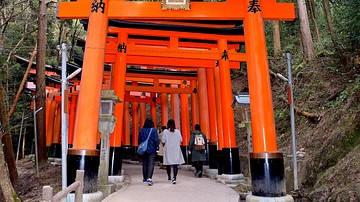
Definition
Ancient Japan
Ancient Japan has made unique contributions to world culture which include the Shinto religion and its architecture, distinctive art objects such as haniwa figurines, the oldest pottery vessels in the world, the largest wooden buildings anywhere...
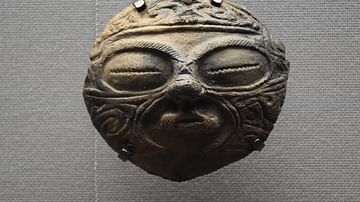
Definition
Jomon Period
The Jomon Period is the earliest historical era of Japanese history which began around 14500 BCE, coinciding with the Neolithic Period in Europe and Asia, and ended around 300 BCE when the Yayoi Period began. The name Jomon, meaning 'cord...